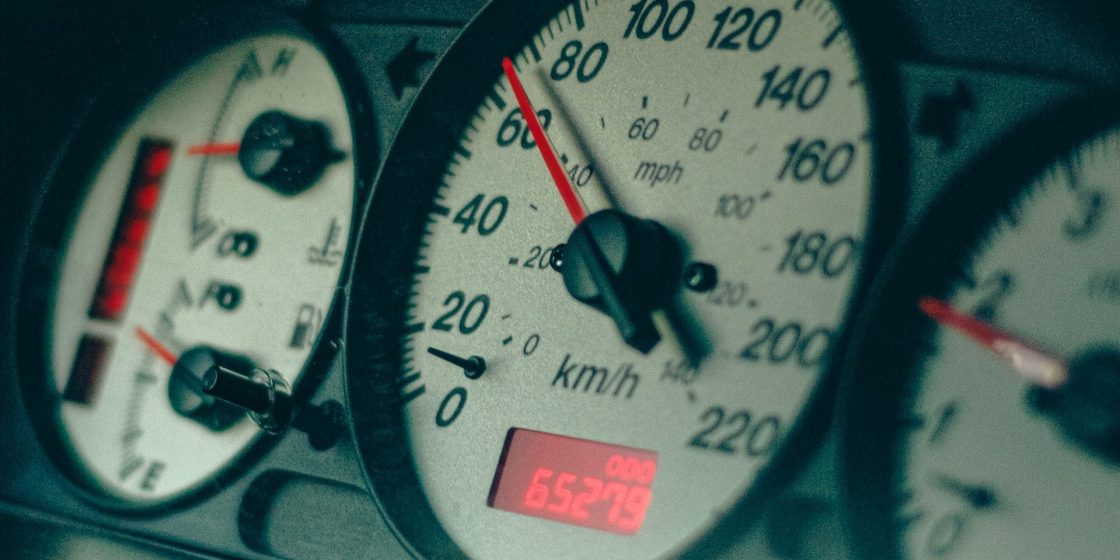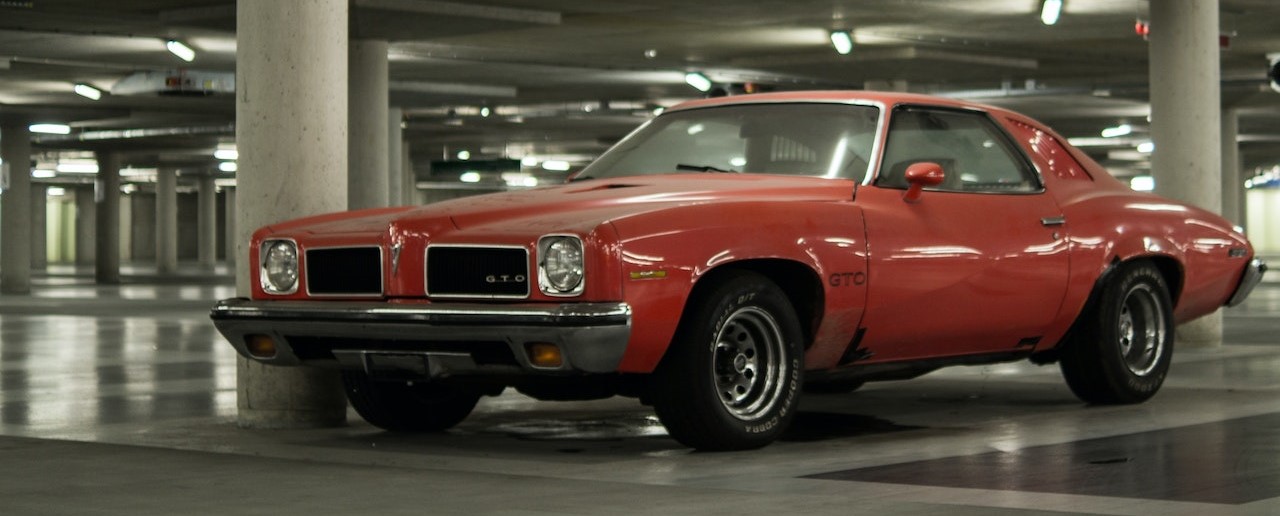4 Key Maintenance Checks/Replacements at 100,000 Miles Interval

Photo by Rohit Tandon under Unsplash License
4 Key Maintenance Checks/Replacements at 100,000 Miles Interval
Are you aware of the 4 key maintenance checks/replacements at 100,000 miles interval? When buying a brand-new car is not an option, people either keep their old cars longer—beyond the 100,000-mile mark—or they buy used ones that meet their budget and style. Of course, it can’t be expected that old cars can perform at their optimum capacity.
However, it doesn’t mean that they can’t remain in excellent condition. The key to keeping a vehicle going is periodic maintenance and inspection. Yes, it’s true that each vehicle is different from another in terms of performance and durability. So, here’s a general guide on how you can properly maintain a car that has hit the 100,000-mile mark and beyond.
The 4-Step Guide to Keeping a Car That Has Run 100,000 Miles
- Automotive fluids
We’re talking about the fluids in a vehicle including brake fluid, power steering fluid, motor oil, coolant, and transmission fluid. In order to keep your vehicle running in tiptop shape with no mechanical issues, keeping the fluid levels in your car in check is of utmost importance.
Fluids are essential in a vehicle like water is to a human body. Without it, a dry engine will seize up completely. Dirt and debris can accumulate over time, clogging the engine and leading to an expensive repair. Many fluids contain additives that may make your car less potent or less effective after some time. The coolant in older car models, for example, can turn highly acidic and damage engine passages, radiator contents as well as the heater core if radiator fluid is not drained and refilled.
If you bought a used car and the previous owner is unsure how old the fluids are, it’s always better to play safe and perform a drain, flush, and refill on the cooling system. To ensure that the car can still be driven for another 100,000 miles, fluids should be kept in check. For most cars, replacing the oil, transmission fluid, coolant, power steering fluid, and brake fluid is highly recommended. However, in some cases, replacement is not necessary or possible because the fluids are in a permanently sealed reservoir.
- Engine spark plugs
The health of a spark plug is directly linked to engine performance. Worn-out or bad spark plugs cause cold starting and misfires, slowly deteriorating the ignition and drastically affecting the engine. This is how it happens: As spark plugs age, their sharp edges wear down.
As a result, more voltage is required to bridge the gaps between the center and ground electrodes. The vehicle, in turn, can’t sustain maximum power, and there will be a drop in fuel economy.
- Serpentine belt
A serpentine belt is one long, winding belt that keeps the alternator, power steering pump, air conditioning and, sometimes, the water pump running smoothly and effectively. Although they are built to last for an average of 60,000 to 100,000 miles, you have to be mindful that in one vehicle, there is usually only one belt to run all the vital automotive components.
When the vehicle hits the 100,000-mile mark, or even before it does, make sure to check the serpentine belt. Some of these belts are manually tensioned and may need to be adjusted. Other serpentine belts that have a self-tensioning mechanism, which may experience wear and tear over time, may need to be serviced. Always remember, it’s a serious mistake to forget about the maintenance of the serpentine belt. If the belt breaks, the vehicle stops running.
- Tires and brakes
Tires and brakes are essential parts of the vehicle that guarantee a safe and smooth ride. Good working tires also ensure a good grip on wet or snowy pavements.
What to check on tires:
- Inflation level
- Tread depth
- Alignment
- Any signs of wear, bulging and/or cracking
What to check on brakes:
- Pads/shoes
- Rotors for disc brakes
Invest More Time for Your Car’s Upkeep
Other important things to check include rubber hoses and signs of rust.
By following a car maintenance schedule, major damages or problems can be prevented. If you own a vehicle that has already reached the 100,000-mile threshold, it is highly recommended that you invest more time for its upkeep to ensure good performance.
Do You Have a Car That You Want to Get Rid Of?
In case you’ve decided to get your hands off a vehicle you no longer need, consider donating it to us at Breast Cancer Car Donations.
Your donated vehicle will help us provide vital assistance to needy breast cancer patients in your area, helping save their lives. We will sell your vehicle through auction and use the proceeds to help our nonprofit partners in providing uninsured and underserved individuals with breast cancer screenings, diagnostic tests, treatment, rehabilitation, and other breast health services.
You will also gain material benefits from your charitable contribution since you’ll get a top tax deduction after your vehicle gets sold.
For more details on our car donation program, visit our FAQs page. For inquiries, you may call us at our toll-free hotline 866-540-5069 or contact us online.
You can make your car donation by filling out our online donation form or calling us directly. We accept vehicle donations anywhere in the United States since we have car donation programs in all 50 states.

Photo by Skitterphoto under Pexels License
Turn Your Old Vehicle Into a Lifesaver
After observing the 4 key maintenance checks/replacements at 100,000 miles interval, you can rest assured that your vehicle will not let you down. However, if maintaining your old vehicle is taking too much of your precious time, effort, and money, consider giving it a new purpose. Call us at 866-540-5069 and turn it into a lifesaver for the struggling breast cancer patients in your area.
Last Updated: March 9th, 2023
